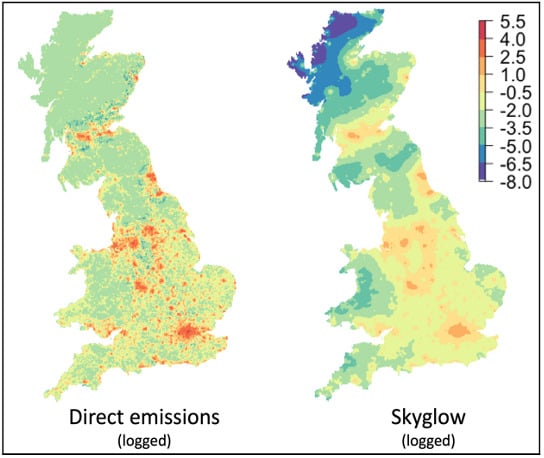National Scale Spatial Variation in Artificial Light at Night
Abstract
Share and Cite
Cox, D.T.C.; Sánchez de Miguel, A.; Dzurjak, S.A.; Bennie, J.; Gaston, K.J. National Scale Spatial Variation in Artificial Light at Night. Remote Sens. 2020, 12, 1591. https://doi.org/10.3390/rs12101591
Cox DTC, Sánchez de Miguel A, Dzurjak SA, Bennie J, Gaston KJ. National Scale Spatial Variation in Artificial Light at Night. Remote Sensing. 2020; 12(10):1591. https://doi.org/10.3390/rs12101591
Chicago/Turabian StyleCox, Daniel T.C., Alejandro Sánchez de Miguel, Simon A. Dzurjak, Jonathan Bennie, and Kevin J. Gaston. 2020. "National Scale Spatial Variation in Artificial Light at Night" Remote Sensing 12, no. 10: 1591. https://doi.org/10.3390/rs12101591
APA StyleCox, D. T. C., Sánchez de Miguel, A., Dzurjak, S. A., Bennie, J., & Gaston, K. J. (2020). National Scale Spatial Variation in Artificial Light at Night. Remote Sensing, 12(10), 1591. https://doi.org/10.3390/rs12101591






